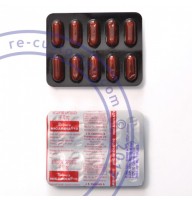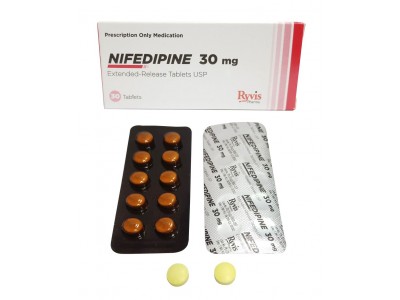Nifedipine is a medication used primarily to treat high blood pressure (hypertension) and angina (chest pain). It belongs to a class of drugs known as calcium channel blockers. These medications work by inhibiting the influx of calcium ions into the smooth muscle cells of the heart and blood vessels. This action relaxes and dilates the blood vessels, which helps to lower blood pressure and improve blood flow, thereby reducing the workload on the heart and alleviating symptoms of angina.
Nifedipine is available in both immediate-release and extended-release formulations. The immediate-release form acts quickly and is sometimes used for acute management of high blood pressure or angina. However, due to its rapid onset of action, it can cause significant fluctuations in blood pressure and is associated with a higher risk of side effects such as reflex tachycardia. The extended-release form provides a more controlled and sustained release of the medication, making it more suitable for chronic management of hypertension and angina with a lower risk of side effects.
The medication is typically taken orally and can be prescribed in various dosages, depending on the individual's medical condition and response to treatment. Common side effects of nifedipine include headaches, dizziness, flushing, and peripheral edema (swelling of the ankles and feet). More serious but less common side effects include significant hypotension (low blood pressure), heart palpitations, and, in rare cases, gastrointestinal issues.
Nifedipine is often chosen for its efficacy in controlling blood pressure and preventing angina attacks, but its use must be carefully monitored by a healthcare provider. Regular follow-ups are necessary to adjust the dose as needed and to monitor for any adverse effects. It is important for patients to take nifedipine exactly as prescribed and to discuss any side effects or concerns with their healthcare provider.

